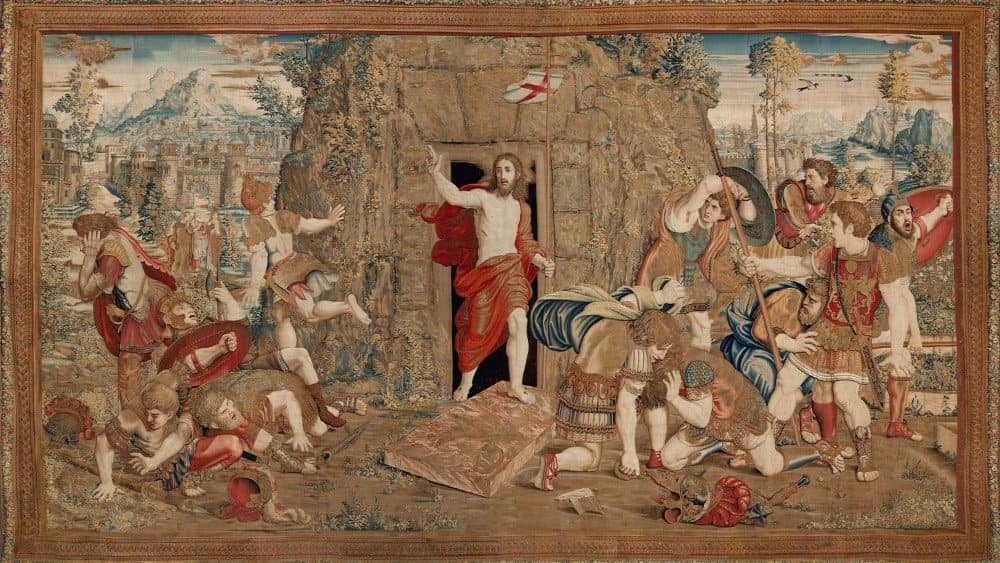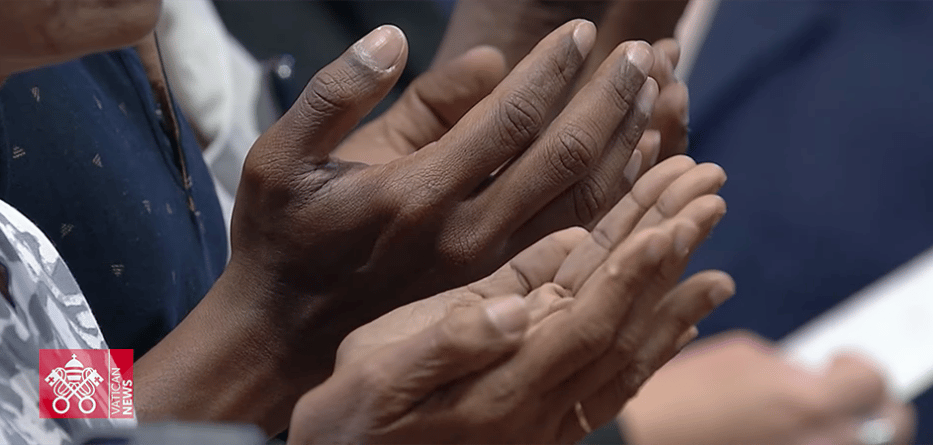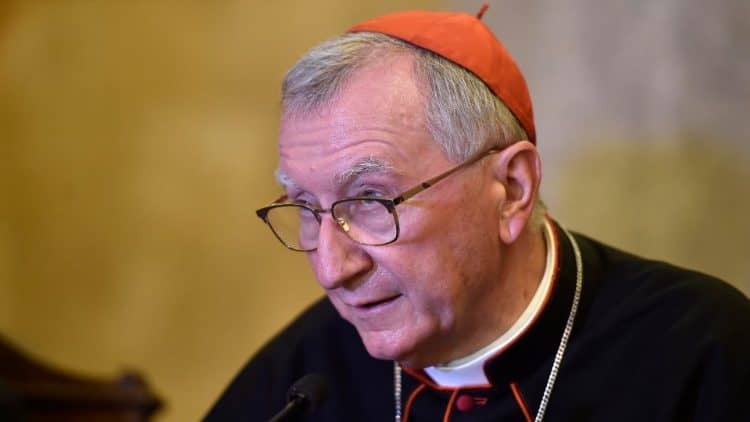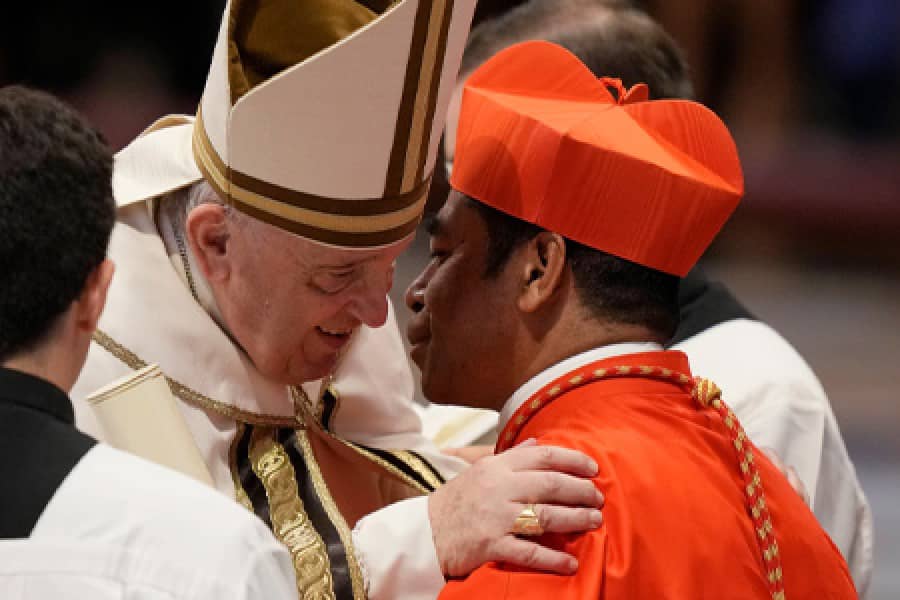Holy Saturday is the day of the tomb, and today, for the first time in seventy years, the tomb of Christ is no longer an embarrassment for Christians.
Or at least not as much of an embarrassment as it used to be. Which for the fractious Christians of Jerusalem is remarkable progress.
Last month the recent restoration of the Edicule – the chapel in the Church of the Holy Sepulchre built over the burial place of Christ – was completed. It was the first significant restoration work since 1810.
The structure had become structurally unstable during the period of the British Mandate in Palestine. In 1947, just before the British authority expired, the British erected steel girders around the Edicule to prevent it from collapsing. And for seventy years the most important pilgrim site for Christians looked like a ramshackle construction site.
The Church of the Holy Sepulchre is shared between various Christian churches, with authority in the church shared between the Greek Orthodox Patriarch of Jerusalem, the Armenian Apostolic Patriarch and the Franciscan Custody of the Holy Land, which is the local Roman Catholic authority.
It is notoriously difficult to get the three to agree on maintenance, routine or otherwise, so the Church of the Holy Sepulchre is generally filthy and in a state of general disrepair.
The iron cage around Christianity’s holiest site was a humiliating reminder that Christians in the holy city could not get their act together.
Catholics, understandably, are proud of the Custody of the Holy Land, this year marking 800 years since St. Francis sent the first friars to establish a presence.
At the holy sites that the Franciscans control themselves, it is customary to find clean, well-maintained shrines which are hospitable to pilgrims who come for prayer or history, or both.
So the Catholic view is that it is the other churches that are the problem in the principal jointly-held shrines, which are poorly kept up. Regardless though of responsibility, it was a disgrace that the long-needed repairs to the Edicule could not begin, decade after decade.
Last year work began after agreement was finally reached to complete the rather modest project – some $3. 5 million, or the cost of a small suburban church.
While the local clergy congratulated themselves on the historic cooperation, it was a decision by the Israeli authorities to briefly close the shrine for safety reasons that prompted the necessary agreement. The Israelis closed the church for four hours in February 2015.
Within months an agreement had been reached to do the repairs. God can write straight with crooked lines.
RELATED: Christians renovate Christ’s tomb together in sign of unity
Now it is done. The blackened Edicule has been restored to the original cream and rose colouring, almost luminous in what remains a dark church. The ugly girders are gone, having rendered their necessary service for seven decades.
A small window – more a peephole really – has been created so that pilgrims can see the burial place inside the tiny inner chamber, which is not always accessible due to liturgical services.
This year, because Catholic and Orthodox Easter coincide, Holy Saturday will be a busy day in the church.
Early in the morning the Latin Patriarchate will celebrate the Easter Vigil at a side altar, as the 19th-century liturgical arrangements still govern in the church because the Christian churches could never agree on how to sensibly update them. (Before the reform of the Holy Week liturgy by Pope Pius XII, the Easter Vigil was celebrated on Holy Saturday morning.)
The main event will be the arrival of the Greek Orthodox Patriarch, who will enter the Edicule for the ceremony of the holy fire – the light of the Risen Christ coming forth from the tomb.
When the two liturgical calendars coincide, there is always talk about greater unity amongst Catholics and Orthodox. And while it does evoke a good spirit, it generally has no lasting effect.
Whether the experience of the Edicule restoration has a more enduring positive effect remains to be seen.
While officially shared, the Church of the Holy Sepulchre is largely an Orthodox church with reserved places and times for Catholic worship.
As such, the Patriarch of Constantinople, Bartholomew, leader of world Orthodoxy, was on hand for the restoration ceremony in Jerusalem last month.
The dilapidated state of the church, and its hodgepodge arrangement of shabby candles, lamps and holy pictures is indicative of the difficult state of Orthodoxy in Jerusalem.
While all over the world the Orthodox have magnificent churches, the Holy Sepulchre remains, by comparison, embarrassing. And if the beauty of the church does not lift the pilgrim’s eyes to God, Christian piety remembers that Golgotha was a shabby place too.

















